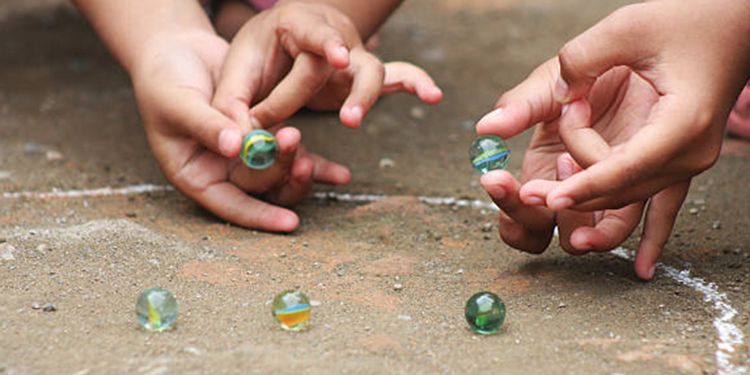What is throwback?
By definition, it is about ‘going down the memory lane” in that one moment.
Throwback has been a key anchor of our lives as we have progressed. It has been a strong handle for storytelling.
Some manifestations that we experience in our daily lives which interestingly have time frame typologies attached to them:
- The “when I was XYZ years old”.
- The Then vs. now scenarios- slightly more closer periods being compared.
- The emergence of “recent throwback” hashtag generation – the throwback could be as recent as recreating the last weekend moment.
Now interestingly what is common in all these three typologies is “recreation of that moment” and “comparison to current moment”.
Now, how does this help?
Well, ‘throwback’ has been instrumental in paving a way to finding solutions. Throwback or recreating that moment often helps in below –
- What was the experience in that moment and what was the outcome?
- What did I do right or wrong?
- Have I evolved from that moment?
Where all is this being used actively?
- Many brands have used nostalgia as their anchor theme.
- While doing therapy, practitioners often resort to going back in time and analysing the last happy or sad moment and taking learning’s from there the patient recovery strategy is decided.
- In reviews and appraisals – throwback is manifested as measuring the performance year on year.
- In presentations we often deliver then vs. now chart – showing how the world / category has evolved and shifted. Example – Post Covid, most presentations had this analysis as a plug to showcase the evolution of consumer needs.
In research, especially qualitative research – ‘throwback’ plays an instrumental role in getting to the key of the consumer emotions:
- The moment of truth projective techniques is strongly rooted around throwback. Example: Go back that moment when you first thought of this product category. Close your eyes and think what was happening in your life back then.
- Mood board activities in qualitative research are also driven by throwback. Example: How do you feel when you were a child? Can you go back in that time and tell me what did you feel? Now which products / brands give you that same feeling?
These techniques are instrumental in getting consumer journeys, path to purchase and logic for decisions at that time. Often used in upgradation & trigger understanding studies. Can potentially evolve into communication nuggets. Brands and marketers leverage these aspects and several communications – TV and digital have been anchored around these. Throwback as a theme commands immense power to uncover functional and emotional logic behind the certain decisions taken and path paved.
How can marketers leverage throwback as a theme?
- Throwback marketing – Offering ‘throwback’ as experience by understanding the memories close to your target group’s heart and playing it back with a linkage to the product / brand.
- Throwback over time can generate cumulative nostalgia attributing to building a robust brand equity.
- Using ‘throwback’ to measure impact & progress.
Author: Neha Dutta, Research Director, Ipsos India
Feedback: [email protected]

















